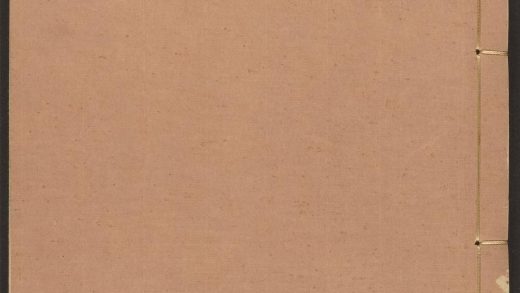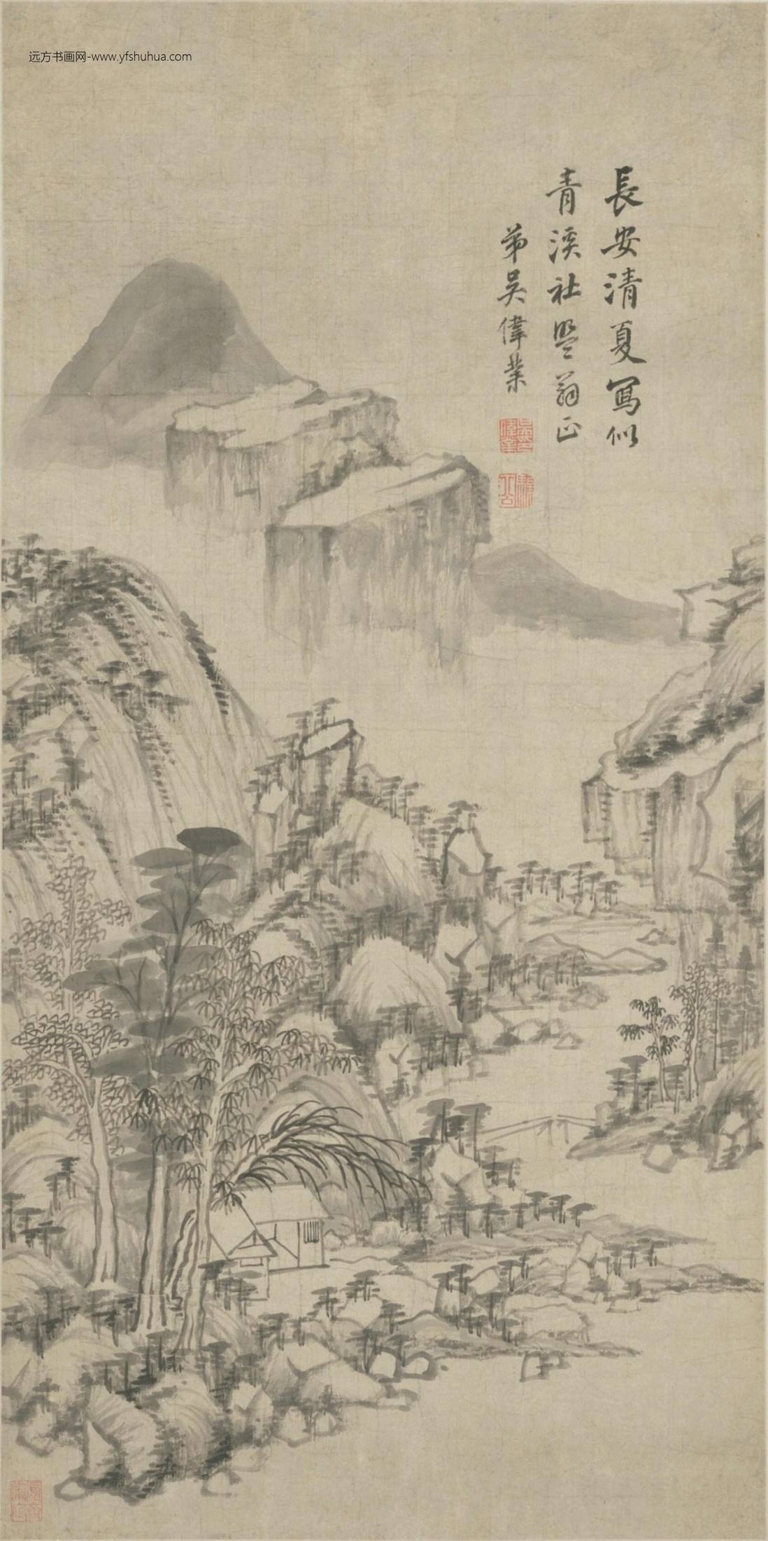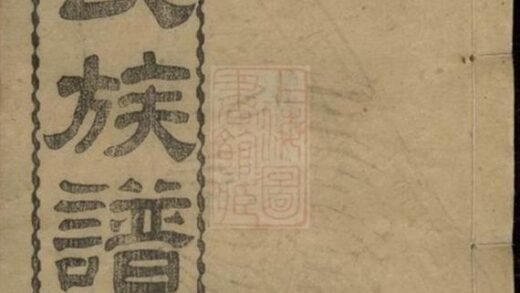【作品基本信息】
| 作者 | 郎世宁 |
| 品名 | 画瑞狍图轴 |
| 朝代 | 清代 |
| 文件大小 | 18.04MB |
| 分辨率(DPI) | 300×300 |
| 像素大小 | 2026×2969 |
| 尺寸(CM) | 17.15×25.13 |
| 作品数量 | 1 |
| 作品收藏 | 台北故宫博物院 |
| 图片格式 | 默认提供TIF和JPG两个版本 |
基本数据
| 藏品类型 | 绘画 |
| 品名 |
清郎世宁画瑞狍 轴 Auspicious Roe Deer |
| 分类 | 绘画 |
| 作者 | 郎世宁;Lang Shining;Giuseppe Castiglione |
| 数量 | 一轴 |
典藏尺寸
| 【位置】 | 【尺寸】(公分) |
| 本幅 | 216.2×144.6 |
质地
| 【质地位置】 | 【质地】 |
| 本幅 | 绢 |
题跋数据
| 【题跋类别】 | 【作者】 | 【位置】 | 【款识】 | 【书体】 | 【全文】 |
| 作者款识 | 郎世宁 | 本幅 | 臣郎世宁恭绘 | 楷书 | |
|
印记: 臣世宁、恭画 |
|||||
| 题跋 | 清高宗 | 本幅 | 行书 | 乾隆辛未(公元一七五一年)秋狝。塞上蒙古台。吉必力滚逹赖。以此来献。色纯白如雪。目睛如丹砂。抱朴子称鹿寿千岁。满五百岁则色白。此殆其类。今年恭遇圣母皇太后六旬万寿。适灵兽应时而至。爰命曰瑞狍。而纪以诗。质禀庚辛色。珠躔应寿星。天心庆花甲。德产祝慈宁。岂意甡甡属。偏成翯翯形。乍辞鹿食野。可比鳯仪庭。性自仙人驯。图呈动物灵。无须稽兽谱。永此验祥经。 | |
|
印记: 意在笔先、摛藻为春、乾隆宸翰 |
|||||
印记资料
| 【印记类别】 | 【印记】 |
| 鉴藏宝玺 | 嘉庆御览之宝 |
| 鉴藏宝玺 | 宝笈三编 |
| 鉴藏宝玺 | 嘉庆鉴赏 |
| 鉴藏宝玺 | 石渠宝笈 |
| 鉴藏宝玺 | 三希堂精鉴玺 |
| 鉴藏宝玺 | 宜子孙 |
主题
| 【主题类别】 | 【主题(第一层)】 | 【主题(第二层)】 | 【主题说明】 |
| 其他主题 | 山水 | 奇石 | |
| 主要主题 | 走兽 | 鹿 | 白狍 |
| 其他主题 | 树木 | 竹 | |
| 其他主题 | 树木 | 柏 | |
| 其他主题 | 山水 | 溪涧、湍泉 | |
| 其他主题 | 花草 | 草 | |
| 其他主题 | 树木 | ||
| 其他主题 | 花草 | 灵芝 |
技法
| 【技法】 | 【技法细目】 |
| 工笔 | |
| 写意 | |
| 皴法 | |
| 苔点 |
参考数据
| 【类别】 | 【参考数据】 |
| 收藏着录 | 石渠宝笈三编(延春阁),第五册,页2471 |
| 收藏着录 | 故宫书画录(卷八),第四册,页130 |
| 收藏着录 | 故宫书画图录,第十四册,页83-84 |
| 内容简介(中文) |
郎世宁(公元一六八八-一七六六年),意大利人。十九岁时,入天主教耶稣会为修士。曾习油画,兼习建筑。二十七岁来华传教,以绘事供奉内廷。历仕康熙、雍正、乾隆三朝。画法参酌中西,善画人物、花鸟,尤擅犬马。 图中地面涌泉、灵芝皆表示吉祥之意,柏树下似鹿无角的白兽,称「瑞狍」,为蒙古台吉必力达赖所进,时逢皇太后六旬万寿,用以庆贺祥瑞。画成于乾隆十六年(一七五一),时郎氏六十三岁。 |
| 内容简介(英文) |
Lang Shih-ning is the Chinese name used by the Italian, Giuseppe Castiglione. At the age of 19, Castiglione entered the Jesuit order in Italy as a novitiate, and his early training included painting and architecture. He was subsequently sent to China and arrived in 1715. His artistic skills came to the attention of the emperor, and he served in the inner court during the K’ang-hsi (1662-1722), Yung-cheng (1723-1735), and Ch’ien-lung (1736-1795) reigns as a painter. He combined his previous training with studies of Chinese painting techniques to create a style fusing the best of both traditions. He excelled at depicting figures, birds-and-flowers, and especially dogs and horses. The details of the rushing stream and spirit fungi found in this painting enhance the auspicious character of the roe deer. This type of deer, standing below a cedar, appears to be a variety of hornless roe known as “auspicious roe.” It was presented by the Mongolian Dalai Lama, T’ai-chi-pi-kun, as tribute to the empress in celebration of her sixtieth birthday. The gift implies a wish for long life and good fortune. This painting was done in 1751, when Castiglione was 63. |
| 内容简介(中文) | 郎世宁在清宫的画作经常与物品的「记录」有关。画中白色鹿的正式名称为「狍」是欧亚特有的一种小型鹿,体型比梅花鹿小,前肢短后肢长,耳朵、眼睛略大,性情温驯。此画是乾隆十六年(1751)秋天围猎时,由蒙古部族所进献的狍。据闻长寿之鹿,毛色才能如此纯白;当年恰为皇太后六十大寿,是以作诗祝诵并图绘记录。毛色以极细腻的笔法画出,并有光影色泽的处理,头略倾侧,更添温驯神情。 |
| 内容简介(英文) | Giuseppe Castiglione’s role in painting at the Ch’ing court often was related to that of “making records.” The white deer shown in this painting is formally known as a roe, a kind of small deer found in Eurasia. Smaller than a spotted deer, its forelegs are shorter than its hind legs. With slightly large ears and eyes, it is known for its docile nature. This painting was done during the autumn imperial siege hunt of 1751 to record a roe deer that had been submitted as tribute by the Mongols. According to Chinese mythology, the deer of longevity is said to have fur that is pure white. The year that this work was done just happened also to be the sixtieth birthday of the Empress Dowager, which was recorded with poetry of blessings and painting as record. The fur here is done with exceptionally fine brushwork, and the luster and hues are faithfully rendered. Its head turned slightly to one side adds an expression of tenderness. |
| 参考书目 | 1.王耀庭、陈韵如,〈清郎世宁画瑞狍〉,收入王耀庭主编,《新视界 : 郎世宁与清宫西洋风》(台北:国立故宫博物院,2007年初版),页70-71。 |
| 参考书目 | 林莉娜,〈清郎世宁画瑞狍 轴〉,收入何传馨主编《神笔丹青-郎世宁来华三百年特展》(台北:国立故宫博物院,2015.10),页196-199。 |
【作品展示】

清郎世宁画瑞狍轴




